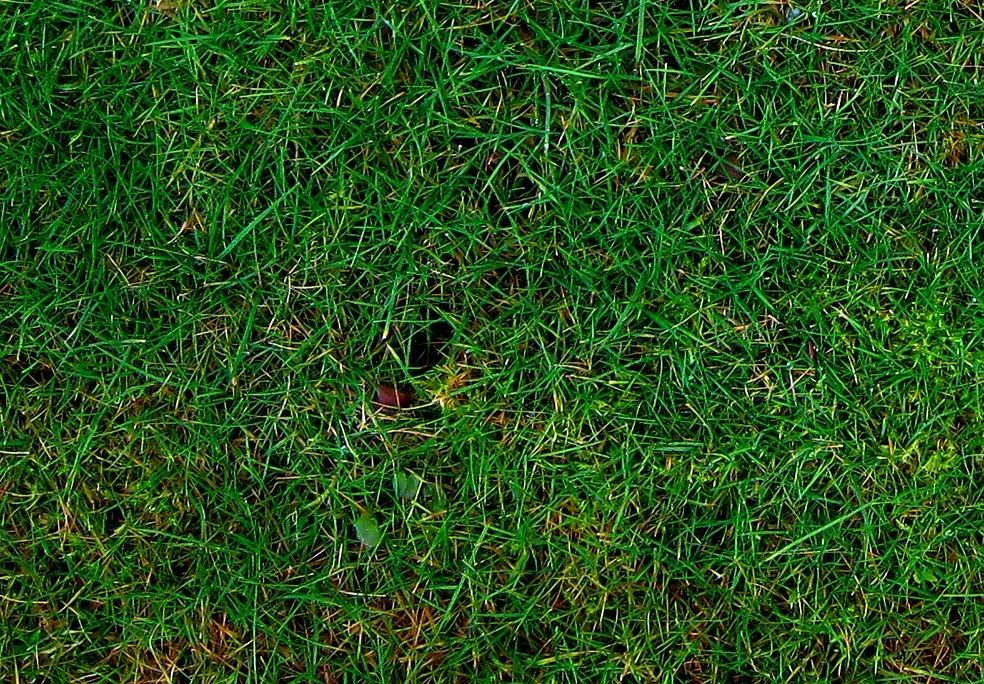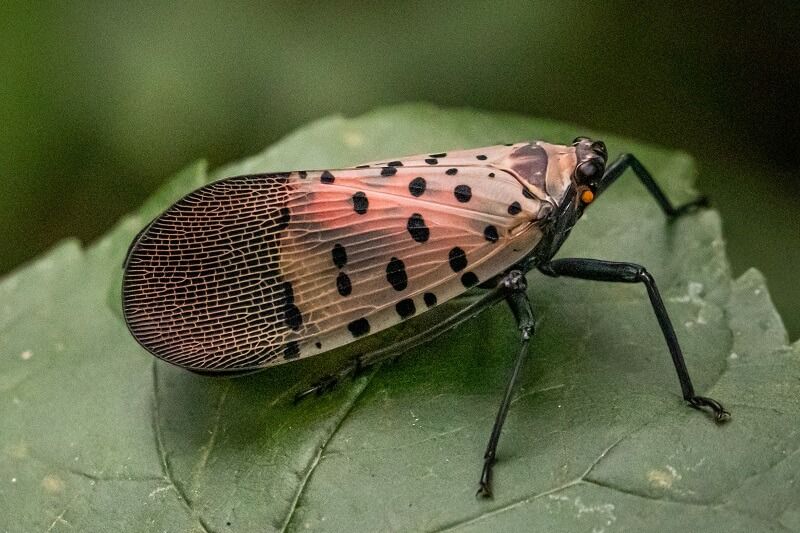5 Common Summer Turf Issues
Do you see the same issues with your lawn every summer, such as brown grass, patches of dirt, and a whole lot of insects? You and countless other homeowners deal with these summer turf issues that happen like clockwork and lead to more work. A well-maintained, lush lawn is the pride of any homeowner, especially during the summer months when outdoor activities are in full swing. However, these problems get in the way of achieving that. So we have gathered a list of 5 common issues your yard faces every summer, what causes them, and what you can do to resolve or prevent them.
1. Brown Patches
Brown patches are circular areas of dead grass that can appear during high heat and low humidity periods. These brown patches of grass can be the result of drought stress. Drought can be a significant issue during summer and early fall. Other issues that occur during droughts are turf wilting, thinning, and firmly rooted grass stalks.
To prevent brown patches, ensure proper drainage with deep watering and core aeration. Deep watering can alleviate stress from summer drought, which is easy to do with an irrigation system that provides consistent water. Core aeration (removing small plugs of soil and thatch to allow deep penetration of nutrients, air, and water) and fertilization can also help mitigate drought stress.
2. Thatch
Thatch is a layer of dead grass, roots, and other organic matter that accumulates around the base of grass plants on the soil surface. A thin layer of thatch (less than 1/2 inch) can be beneficial, acting as an organic mulch to help retain moisture and insulate the soil. However, excessive thatch can have negative effects on your lawn. The results are brown patches or spots and a “spongy” feeling when you walk across your yard. In

addition, thatch can repel water or invite fungal diseases depending on the dryness of the thatch layer.
Soil correction that targets the lawn’s pH balance will help control thatch, and aerating will help break up particularly thick layers of thatch.
3. Insects
If you like to spend time outdoors, you will know that many insects come out in hot weather seasons and can cause issues for your lawn. Insects such as grubs, chinch bugs, and sod webworms can cause significant damage to your lawn by feeding on grass roots and blades. For example, root-munching insects like white grubs can cause the grass to turn yellow and attract other animals like raccoons and skunks to dig up your property. Other insects like sod webworms eat grass blades, which causes lawn patches to be cut too close to the ground.
With so many other insects that can cause problems, the best solution is to contact a landscape or plant health care professional to inspect your lawn and devise a lawn care solution for whatever insects are currently affecting your property. These plant health care professionals can monitor your lawn for signs of insect activity and apply appropriate insecticides when necessary. Beneficial nematodes can be used as an eco-friendly alternative to chemical insecticides.

4. Diseases & Molds
Along with insects, diseases, and mold can cause significant problems for your lawn. In summer, many lawn diseases attack and can be highly effective due to the turf and plant life being stressed and weakened from drought or other afflictions. These diseases often occur when lawns are stressed due to poor soil conditions, inadequate watering, or improper mowing practices. Some common fungal infections in summer include dollar spot, red thread, and pythium blight. Infections also arise from consistent watering after dark and mowing with a dull blade that tears grass, creating more openings for diseases to infect the turf.
The best way to resolve insects is to meet with a landscape professional to evaluate your lawn and determine the best course of action. Some treatments may include proper lawn care practices, such as regular mowing, proper fertilization, and adequate watering. Others may require a fungicide designed for the disease affecting your lawn.
5. Bare Spots & Thin Lawn
Bare spots and a thin lawn are familiar sights during summer and early fall. Spots in your yard with little turf and exposed dirt can be caused by excessive foot traffic, poor soil conditions, grub infestation, fungal disease, and more. A thin lawn may result from soil compaction, improper watering or mowing, or insufficient fertilizer. Each of these summer turf issues has a different solution:
- If you have a thin lawn, aerate and overseed.
- If your yard has bare spots, fill up the areas by reseeding.
Both of these actions will help bring a thicker, more vibrant look to your grass.
Contact Burkholder Brothers for Turf Care Services & to Resolve Summer Turf Issues
Is your yard suffering from any of these summer turf issues? If so, contact Burkholder Brothers. We have a team of passionate, knowledgeable, certified landscape professionals, each of whom has years of experience in turf care. Our team offers many different turf care services to address your needs. For more information on our services, request a free consultation today.

